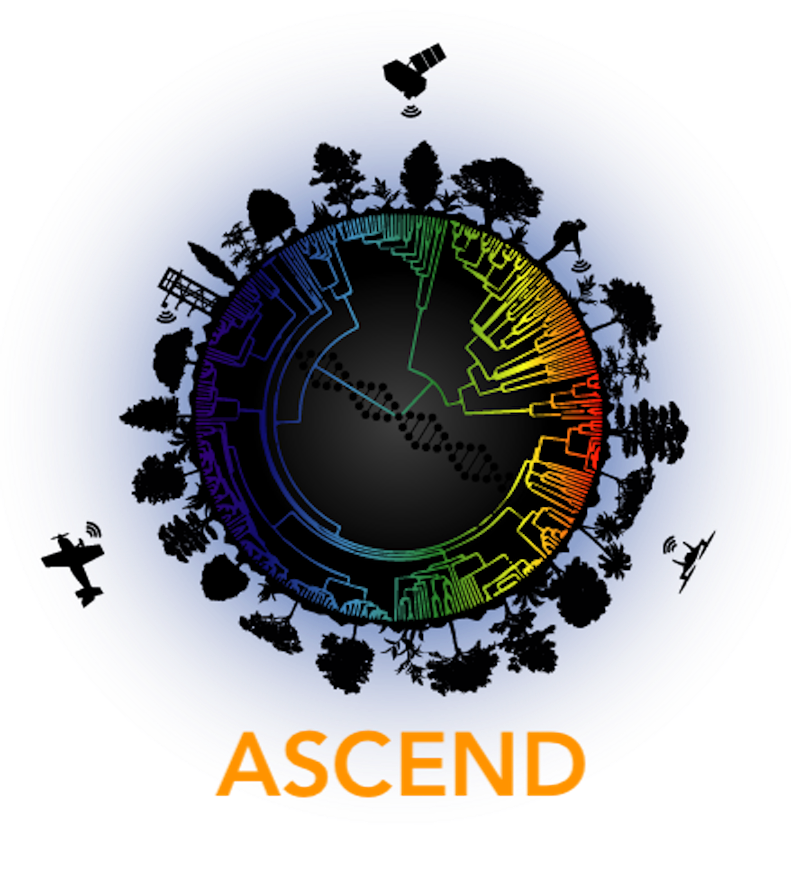NextGen: Celso de Oliveira
Hi, I am Celso Ricardo de Oliveira Júnior, I currently work as a postdoctoral fellow at the University of Wisconsin-Madison mentored by Professor Amy Trowbridge. I am originally from São Paulo, Brazil, where I obtained my bachelor's degree in chemistry from the University of São Paulo. Prior to moving to Wisconsin I obtained my doctoral degree at the University of Nevada-Reno (with Christopher Jeffrey and Lora Richards). My main research focus is on secondary metabolites from plants through the optics of metabolomics and their implications for plant-insect-environment interactions. I am particularly interested in obtaining metrics of phytochemical diversity both at the individual and community-wide by means of Proton Nuclear Magnetic Resonance (1H-NMR) analysis.
Q) When did you know that you wanted to become a scientist and how did it unfold for you?
A) I always find it impressive when others tell me they knew from an early age that they wanted to be scientists, because I did not come to that realization until my second year of college. Surely, I had a curiosity for science that primarily led me to seek a degree in chemistry, but as a first-generation college student, I had no reference for the possible outcomes of an academic career. So, for the first couple of semesters of my undergrad I was geared by the perspective that my parents held, that of completing my degree to obtain a good-paying job in the industry. Fortunately, my program required me to complete a semester of lab internship, which completely reshaped my future as a chemist. Attracted by their Piper garden, located in one of the open spaces between the buildings of the Institute of Chemistry, I sought an internship at Professor Massuo Kato's lab, and a month after joining the group I was recruited to participate in a field trip to the rainforest to collect plant samples for our studies. At that time, I was already enjoying the routine of studying phytochemistry in lab, but the moment I set my feet on the trails of Itatiaia National Park and my eyes on the overwhelming plant diversity of that ecosystem, I decided that I wanted to dedicate the next couple of years of my life to become a plant chemist. The collection of sensations I felt at that moment is still something that drives me to become a better scientist.
Q) Tell us about your research projects in ASCEND
A) Phytochemicals are at the center of the network of interactions between organisms, so my primary research questions address the role of plant metabolites in shaping the interactions between plants and insect herbivores, and its intersection with climate-mediated changes in plant physiology. For my main project, we are investigating how aspen foliar chemistry changes as a result from mass defoliation by the invasive moth species Lymantria dispar, as well as how phytochemical diversity at the community level is responsible for determining the rate of defoliation during insect outbreak. We make use of NMR to study leaf level chemistry and also hyperspectral imaging to assess changes in multiple variables of tree physiology, including both primary and secondary metabolism. These data will be aggregated to build powerful models that can help us to understand tree susceptibility to repeated events of insect outbreaks. We ultimately hope to explore the diversity of expertise gathered by ASCEND to further extend this framework to complex forest systems and to incorporate the effects of extreme climate events, such as prolonged droughts, into the equation.
Celso Oliveira in Ecuador in 2021. He studies the systematics of Coca plants and relatives. Celso is a Postdoctoral Associate at University of Wisconsin-Madison in chemical ecology.
Q) What are your hobbies and preferred activities when you are not doing science?
A) I love being outside exploring nature when I have free time, and that is actually one of the things I like the most about my profession, because sometimes I can even do that as part of work. I had the privilege of living at the foot of the Sierra Nevada during my graduate years where I fell in love with hiking and backpacking, so I used to spend my weekends at the trails or relaxing by an alpine lake. Unfortunately, there are no mountain ranges in Wisconsin, but I am very excited to cover a couple of hundred miles of country roads on my bike once it gets warmer. I also love houseplants and I like to spend part of my mornings and weekends tending to my (now over 100) plants and watching with excitement for the sprouting of new leaves.
Q) How would you explain your research to someone who is not a scientist?
A) Do you know where the black pepper in your kitchen comes from? Those are the seeds from a tropical plant that someone back in the past tried and decided that it added a new and pleasant flavor to their foods. That person didn't know it, but that spicy flavor that most of us desire is caused by a group of molecules that the plant makes mostly for its seeds. But this plant, called Piper nigrum has been making these spicy seeds for millions of years before humans even existed, and in fact, it has done so to protect the seeds from undesirable predators and fungi. Most plants use similar strategies, making especial molecules to protect themselves against predators and parasites, so my research helps to find out what these chemicals are, how they help the plants and affect their interactions with animals and other organisms. And just like we did with black pepper, perhaps we can use these chemicals to our own benefit, not just as spices, but also as products in the pharmaceutical and agricultural industries.

